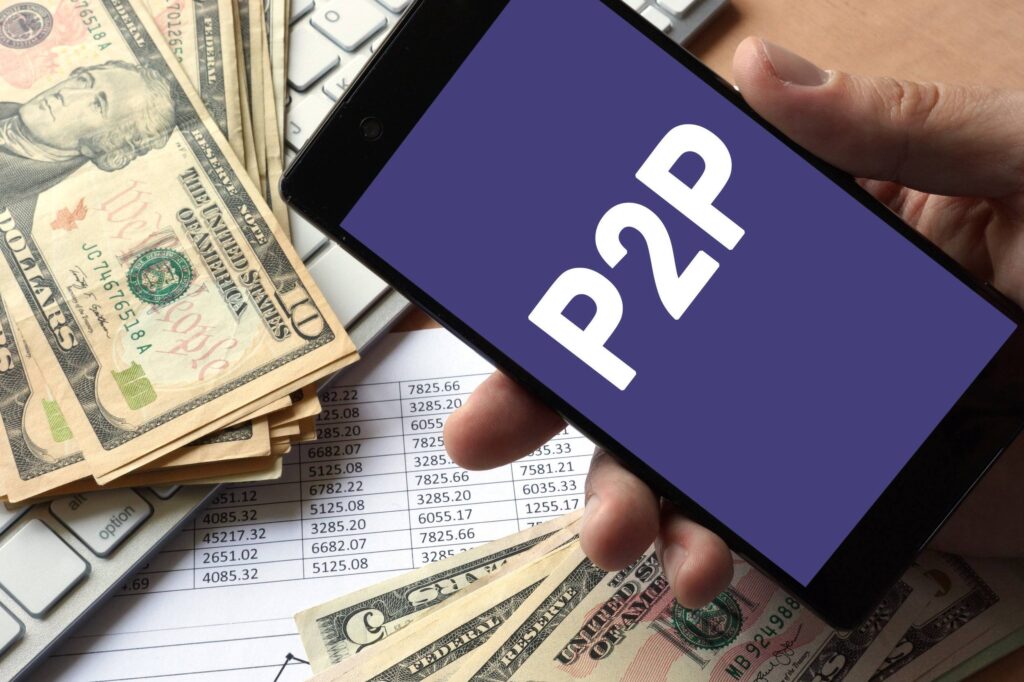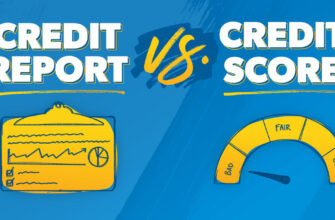What are P2P credits?
Understanding P2P Credits: A Decentralized Approach to Borrowing and Lending
In recent years, peer-to-peer lending platforms have emerged as a disruptive force in the financial industry, providing individuals with alternative options for borrowing and lending money. Among the various innovations in P2P lending, P2P credits have gained significant attention. This article aims to explore the concept of P2P credits, their benefits, and their potential impact on traditional lending systems.
P2P credits refer to decentralized lending and borrowing mechanisms facilitated by P2P lending platforms. Unlike traditional lending, which involves financial institutions acting as intermediaries, peer-to-peer credits allow individuals to directly connect and transact with each other in a peer-to-peer manner. In this system, borrowers can request loans, while lenders can offer funds directly to borrowers.
How it’s Work:
Peer-to-peer lending platforms provide an online marketplace where borrowers and lenders can interact. Borrowers create loan listings, specifying the loan amount, purpose, and interest rate they are willing to pay. Lenders can browse through these listings and choose the ones that align with their risk tolerance and investment objectives. Once a lender decides to fund a loan, the borrower receives the requested amount, and the lender earns interest on their investment.
Benefits:
- Accessibility: P2P credits open up lending opportunities to a broader range of borrowers who may face difficulties obtaining loans through traditional channels. It allows individuals with limited credit history or lower credit scores to access funds for various purposes, such as debt consolidation, education, or starting a small business.
- Competitive Interest Rates: peer-to-peer lending platforms often offer competitive interest rates compared to traditional financial institutions. The absence of intermediaries reduces operational costs, enabling borrowers to potentially secure loans at lower rates. Similarly, lenders can earn higher returns compared to conventional investment options.
- Diversification: peer-to-peer credits offer an opportunity for lenders to diversify their investment portfolios. By spreading their investments across multiple loans, lenders can mitigate risks associated with default. This diversification can be achieved by lending small amounts to several borrowers, reducing exposure to individual default risks.
- Speed and Convenience: lending platforms leverage technology to streamline the borrowing and lending process. The online nature of these platforms allows for quick loan approvals and disbursements, enabling borrowers to access funds faster than traditional lenders. Similarly, lenders can deploy their capital efficiently, reinvesting in new loans as soon as previous ones are repaid.
- Empowerment: peer-to-peer credits empower individuals by providing them with greater control over their financial decisions. Borrowers can negotiate loan terms directly with lenders, and lenders have the freedom to choose the loans they want to fund based on their risk appetite and personal criteria.

Considerations and Risks:
While P2P credits offer numerous advantages, it’s essential to consider certain risks associated with this alternative lending model:
- Default Risk: lending carries the risk of borrower default, which may result in partial or total loss of invested funds for lenders. Platforms employ various risk assessment techniques to minimize this risk, but it’s crucial for lenders to diversify their investments to mitigate potential losses.
- Regulatory Environment: P2P lending is subject to evolving regulatory frameworks in different jurisdictions. It’s important for both borrowers and lenders to understand the legal and regulatory aspects governing P2P lending platforms in their respective regions to ensure compliance and protection.
- Platform Reliability: The success and reputation of P2P lending platforms are critical. Thoroughly researching and selecting a reputable platform with robust risk management practices, transparent operations, and reliable customer support is essential for both borrowers and lenders.

Conclusion:
Peer-to-peer credits have revolutionized the lending landscape, offering an alternative to traditional financial institutions. These decentralized lending platforms provide borrowers with accessible financing options while allowing lenders to diversify their investment portfolios. By leveraging technology and eliminating intermediaries, P2P credits offer speed, convenience, and competitive interest rates. However, it’s important to understand the risks involved and exercise due diligence when participating in P2P lending activities. As the P2P lending sector continues to grow, it is poised to reshape the lending industry, providing individuals with more choices and opportunities for financial inclusion.








